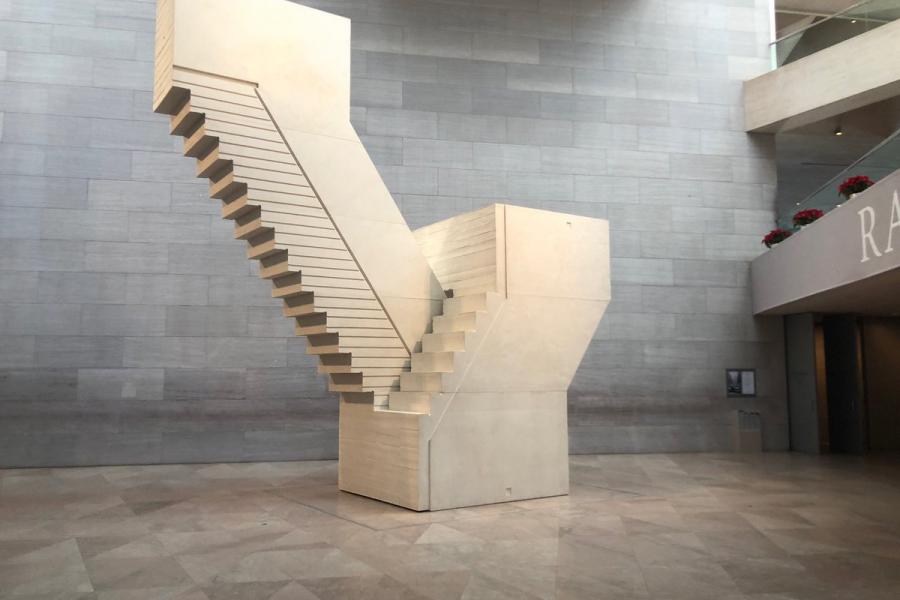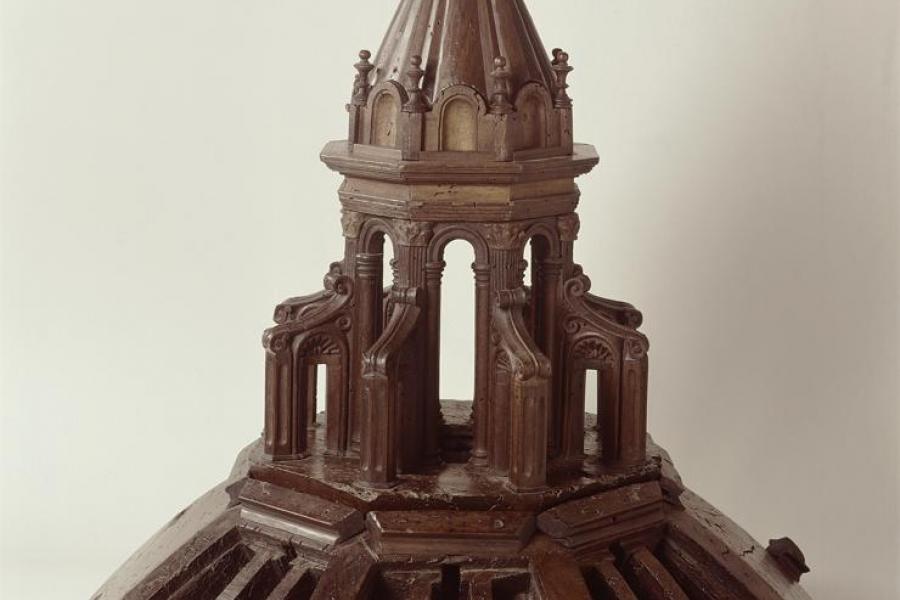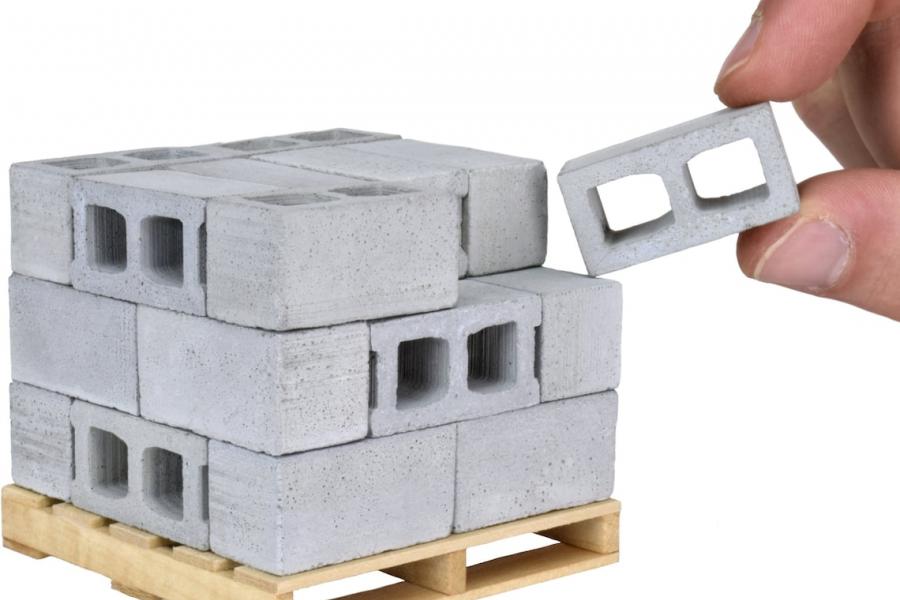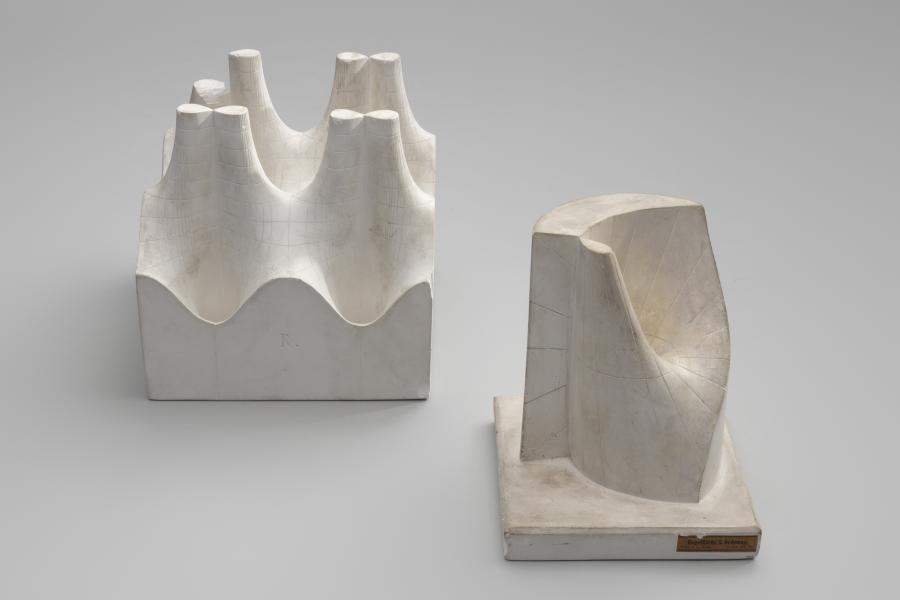M1 2023 - 2024 studio descriptions
MODELLING SCHOOL






Learn more about MODELLING SCHOOL
Each term in this M1 studio will be an autonomous comprehensive building design studio. The Fall term is taught by Professor Rex. The Winter term is taught by Professor Minuk.
MODELLING SCHOOL
Architects don’t make shelter. They make models of shelter.
Vito Aconcci
In this studio we will make models and we will study models. Models are the dominant graphical medium in contemporary architectural practice. We think through models far more than we think about them. A shift has happened from plan to model in practice and this is a good time to look into what that shift entails theoretically and practically.
Architecture in the 20th century was dominated by practices of representation made up of sets of fragmentary planimetric drawings interconnected via notational systems to abstractly infer an constructive plan of action, a program of inhabitation, and a sense of atmosphere. Our ability to build interconnection between things outstripped the volume of knowledge we knew about the building. No one imagined that a professional school student could represent in drawings a comprehensive sense of a building the way we expect you to model. Drawings were rich but fictive. We preferenced novelty, invention, notational interconnection, and abstraction in our work because we didn’t literally know how much a building would weigh or how much energy it would use or how much it would cost or how long it would last. Data was rare and expensive. Data was not interoperable across media. Ink drawings didn’t translate easily into a physical model.
Modelling is an amplified graphical practice of geometric drawing notationally embedded with increasingly interconnected flows of data. Comprehensive building design studio came to be in architectural curricula as the parameters and data sets that simulate the literal issues of our projects have become knowable, manageable, inter-relatable, ubiquitous and cheap through the model and modelling practices. Baudrillard’s notion of the simulacra, a once profound idea projecting an autonomous model with no referent, is obvious in today’s modelling practices. Where we once made fictions with few facts, today we struggle to integrate data and information we know. How much authorship will professional designers retain as our models are informed by pre-packaged libraries of systems in simulation? In this studio we will work through the comprehensive expectation to explore how it is, as Mario Carpo suggests, we’ve moved since the 1970s from working like musical composers, alone with our notational abstractions, to working like conductors of a collective in simulation that manufactures a digital twin of the literal.
To remain in control of our practices we should both learn to model construction and to construct models. The effectiveness of a Comprehensive Building Design model is measured in its veracity—how tightly the data of its direct facts delivers the story. Knowing how to practice through models, to understand the theoretical underpinnings of what a model can find, convey, and specify is the academic goal of this studio.
MODELLING SCHOOL
Though it by far isn’t the largest Faculty at the University of Manitoba, the Faculty of Architecture (FAUM) has been a highly visible show piece of the university since the construction of the John A. Russell Building (JAR) in 1959. FAUM, when compared to Science or Engineering or Arts occupies a disproportionate amount of the campus surface if measured by student population or any other conventional academic metric. If one were to apply in critique the principles taught within FAUM’s professional design disciplines to the composition, programming, and placemaking of our highly visible piece of the campus, one would have to say that our teaching lacks resonance in our own context.
We are going to build a comprehensive model of FAUM and its variety of spatial and technological resources on our grounds as a cogent public educational space that exhibits and changes with our design thinking. The successful student will create a comprehensive building design of this portion of the campus that projects through its buildings and their surroundings an invigorated and sophisticated model of design education.
sources:
Stan Allen, Points + Lines
Jean Baudrillard, “The Ecstasy of Communication” in The Anti-Aesthetic
Magnani Bertolotti, Springer Handbook of Model-Based Science
Carol Burns, “On Site” in Drawing, Building, Text
Mario Carpo, The Alphabet and the Algorithm
Nelson Goodman, Languages of Art
Bernard Tschumi, Architecture and Disjunction
Berlin Studio
Learn more about Berlin Studio
Berlin is a compelling city with a complex history anchored across a myriad of contested terrains. The first semester of this two-semester sequence will focus on urban design ... not architectural design in an urban context, but truly urban design ... that will consider the remarkable history of the city and the complexities of the particular terrain on which we will be working.
You will, in short, be developing the urban context in which you will deploy your own architectural intervention. The second semester will enable you to develop a comprehensive architectural solution to the urban propositions you developed in the first semester. Taken together, this two-semester sequence will position you well for your Thesis in the following year.
For those interested in a ‘deep dive’ into Berlin’s architectural and urban history, the many theoretical approaches to urban and architectural strategies, as well as their intersection with literature, painting, and film, a parallel course is being offered as either a 3-credit core Architectural History / Theory course (ARCH 7120) or a 3-credit Architectural Elective course (ARCG 7070).
As to myself: I have lived, worked and taught in Berlin for many years; I’ve taught inter- nationally on Berlin at Columbia University and MIT among other venues, I’ve published on Berlin in the AA Files and elsewhere, and continue to do research on the city and its histories. If you have any questions, please contact me at the email address above.
